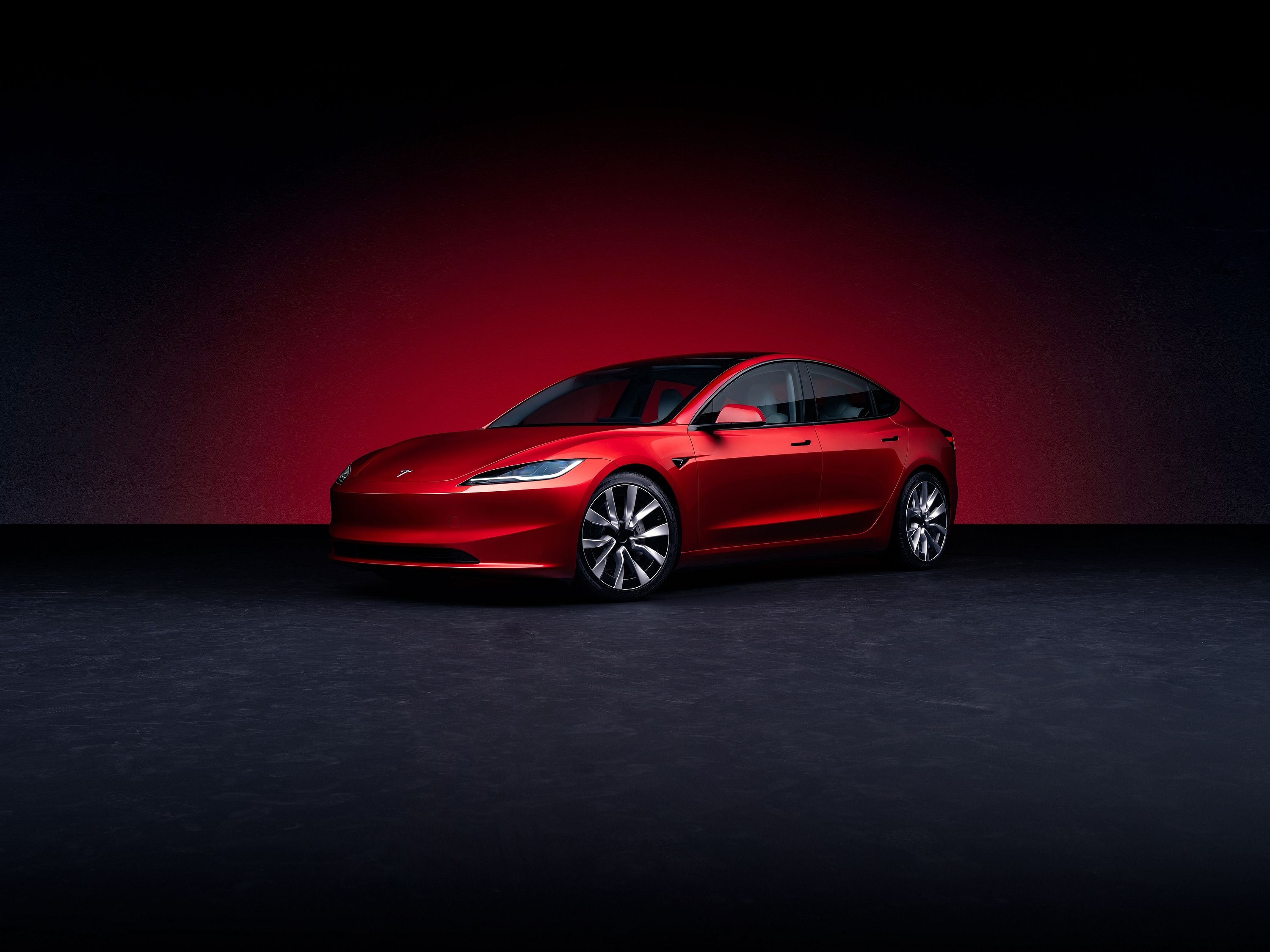
Pretty much since the dawn of the automatic transmission, drivers and industry pundits have been predicting the imminent demise of the manual transmission. Lending credence to the argument, manual-equipped vehicles as a share of new car sales have been trending downward for time immemorial, representing less than 2 percent of all new vehicles sold for the past few years.
Continuing a trend we first reported on last November, the latest data shows that battery-electric vehicles outsold manual-equipped cars in the US market by an even larger margin. Battery-electric cars represented 1.6% of all new car sales for the year, versus just 1.1% for manual cars.
That shouldn't come as a surprise, of course. Automatics have gotten steadily better and more efficient in recent years, and US roads haven't gotten any less congested, making any objective case for the manual transmission increasingly flimsy.
At the same time, Tesla has increased production of the relatively affordable Model 3, Chevrolet continues cranking out Bolt EVs, and countless global auto manufacturers are - finally - throwing some substantial support at their pure-electric portfolios. No longer hugely impractical toys for geeky early adopters, pure-electric vehicles are at last having a moment.
It only makes sense that these two perpendicular trend lines would intersect.
The news that battery-electric vehicles overtook manual-equipped cars in 2019 leaves us with two questions: is there a limit to the stick-shift's popularity decline, and is there a limit to EV adoption? We can't definitively answer the first question, although it's reasonable to expect that automakers the world over will continue to offer at least a handful of manual options as long as they aren't legislated off of America's roads, and as long as there are buyers to seek them out.
As for the second question, the EV's limit is likely a moving target. So long as charging infrastructure continues to expand and battery technology keeps getting better, EVs should gradually become cheaper, easier to charge, and longer in range, so that the hurdles keeping many buyers from taking the plunge continually shrink.
For the battery-electric vehicle, there's nowhere to go but up.
